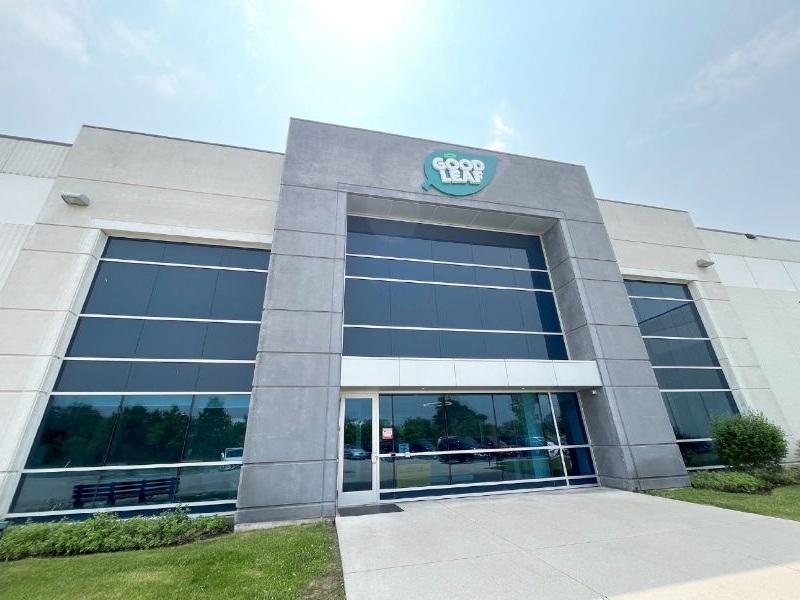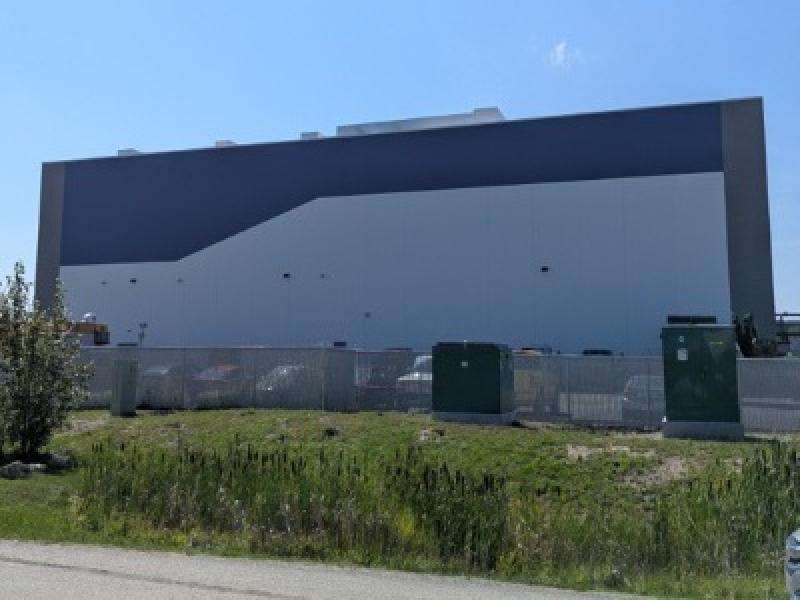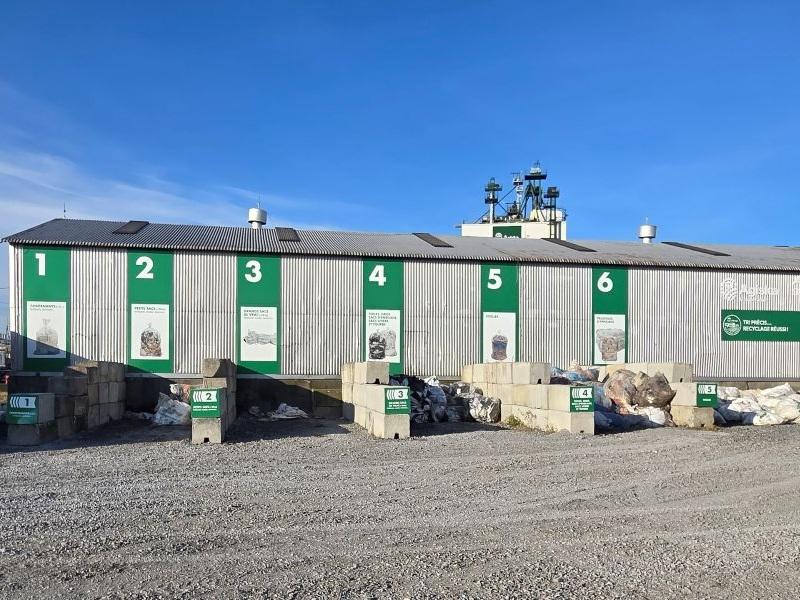What impact will a price on carbon have on real estate?
It’s an important question, but it only reflects part of the story. We must also consider the broader issue that carbon pricing is meant to address because that will have an apocalyptic impact on real estate, at least in some areas of the globe.
The irony of the Trudeau government ramming its “price on pollution” plan down the collective throat of unco-operative provinces and territories must be noted.
Carbon pricing is, after all, a conservative concept. It provides for a costing on what we consume and stops the subsidy created when something is given away free. And here we have a federal Liberal government that has stolen thunder from the Conservatives by taking a page from their playbook.
But, that’s neither here nor there. Whether it’s Liberal policy or Conservative, real estate will feel the impact.
A decision for taxpayers
As reported last month by the CBC, the Liberal plan calls for a $20-per-tonne carbon tax. This will ultimately drive up the price of gasoline by 4.42 cents a litre, natural gas by 3.91 cents per cubic metre and propane by 3.10 cents a litre.
Consumers won’t pay this directly – the carbon tax will be imposed on fuel production and distribution companies which will then pass the added costs onto customers.
The Liberals say the program will return 90 per cent of the funds raised to Canadians directly as cash in hand.
The average household will supposedly see a net gain. For example, the estimated cost per household in Ontario in 2019 will be $244, but that same household will get a federal rebate (or dividend) of $300. It is larger and more affluent households – ostensibly the bigger consumers of fossil fuels – which will end up paying more than they get back in a rebate (with some exemptions, such as for farmers).
This creates another very conservative solution by giving people the ability to choose where and when they will spend this dividend, and decide if they will make a greener choice versus one that contributes to carbon emissions.
Many potential effects on real estate
Real estate will be affected as some people will choose to be more efficient in the type of property they buy and occupy, where it may be located, and how they travel between home, work, school and recreation. By having the price of carbon reflect, to a degree, the cost of pollution, the program maximizes individual decision-making.
This is, again, a very conservative idea.
Some of you might scoff at the idea people will change their energy-use behaviour because of pricing shifts.
While some younger folks might not have seen a lot of change in how we use energy, I’ve seen houses that originally were built in Ottawa in the era before central heating systems were commonplace – this at a time when single people often did not survive the winter.
The first house I lived in with my family was coal-heated. It soon changed to oil, and while I never had a house with all electric heating, that was a common heat source for a while. We’ve now shifted almost entirely to natural gas heat, which is so much cheaper than oil (thus explaining the shift).
So, in a short two generations we’ve been through at least four energy sources, not including solar or ground source. Price does make a difference!
Vanishing cities
If people are having an impact on the environment through burning fossil fuels – it would be silly to think we have zero impact – then it’s important to look at the very worst-case scenario. From my understanding, the ocean’s level has varied by more than 600 feet over the millennia from high to low. At the moment, we’re at the 400-foot level.
While I’m not suggesting that we are going to see a 200-foot rise in sea level, it’s useful to consider where the coastlines of continents would be drawn if the sea were to rise this much.
Parts of Vancouver, Seattle and San Francisco would be under water. The entire state of Florida would vanish. Ottawa might become a seaport. London would be gone, as would Manhattan and most of Holland, Hong Kong and Shanghai.
This is not an insignificant real estate impact.
Death before change?
While this may be an extreme scenario, rising sea levels are already posing a real societal and economic threat. In July, ScienceDaily reported thousands of miles of buried fibre optic cable in densely populated coastal regions of the United States might soon be inundated by rising seas.
A study by researchers at the University of Wisconsin-Madison and the University of Oregon concluded that within 15 years, some 4,000 miles of buried fiber optic conduit will be underwater, and more than 1,100 traffic hubs surrounded. Note this is not water-proof marine cabling, only water-resistant – it’s not designed to stand up to full submersion.
This is a huge part of the world’s critical telecommunications infrastructure that’s under a near-term threat.
I have a good friend who swears by the adage that people don’t change until they’ve died enough.
I hope he’s wrong on this one. But given how sales of gas-guzzling sports utility vehicles and pick-up trucks continue to drive North American auto sales, it’s difficult to be optimistic when one sees our habits as a society which consumes at all costs.
To discuss this or any valuation topic in the context of your property, please contact me at jclark@regionalgroup.com. I am also interested in your feedback and suggestions for future articles.








